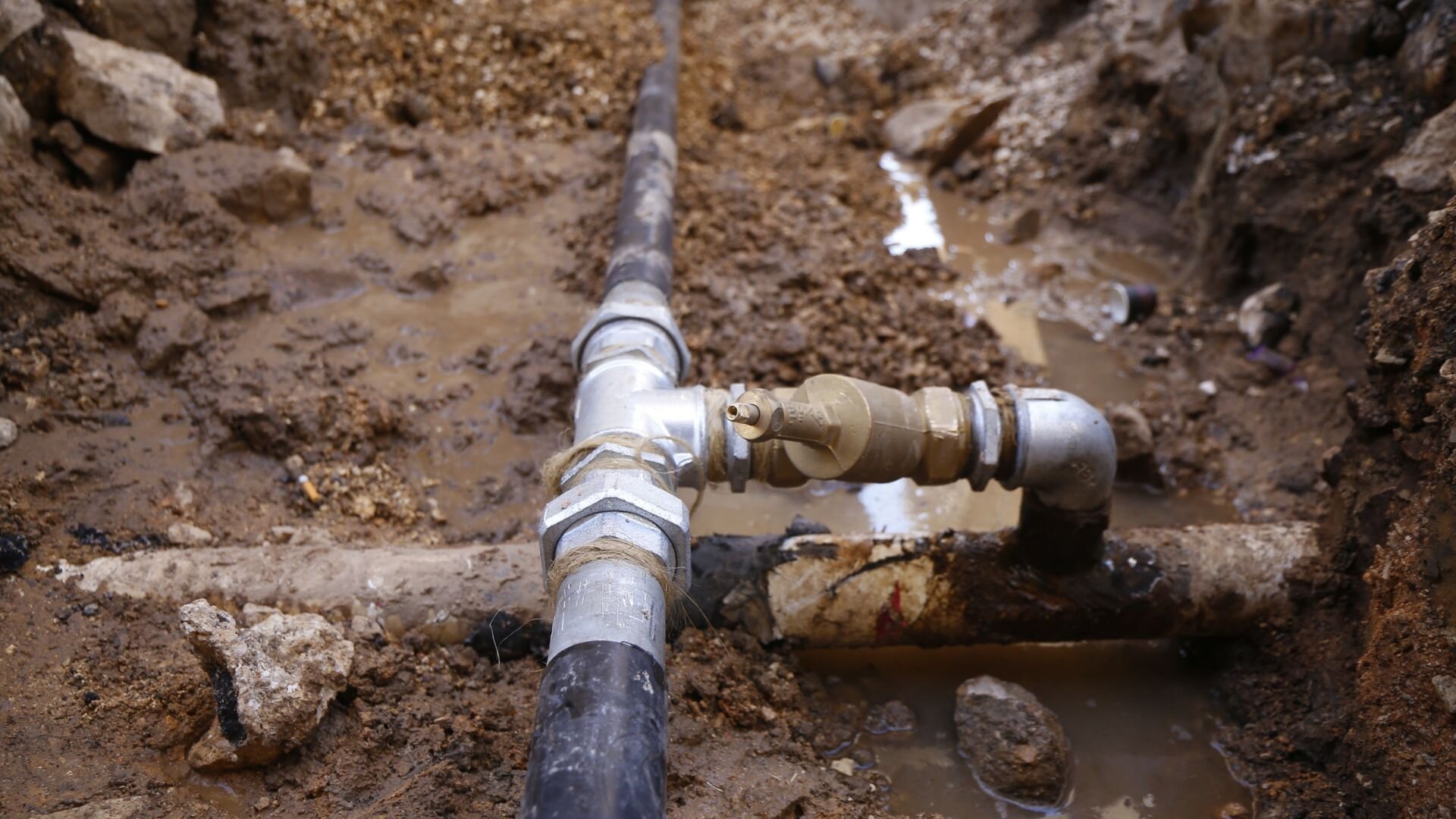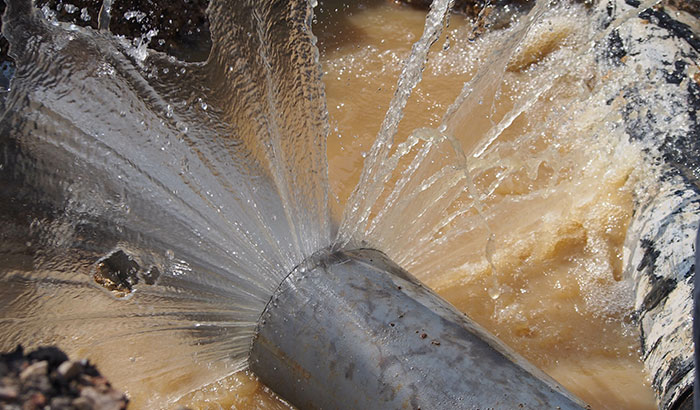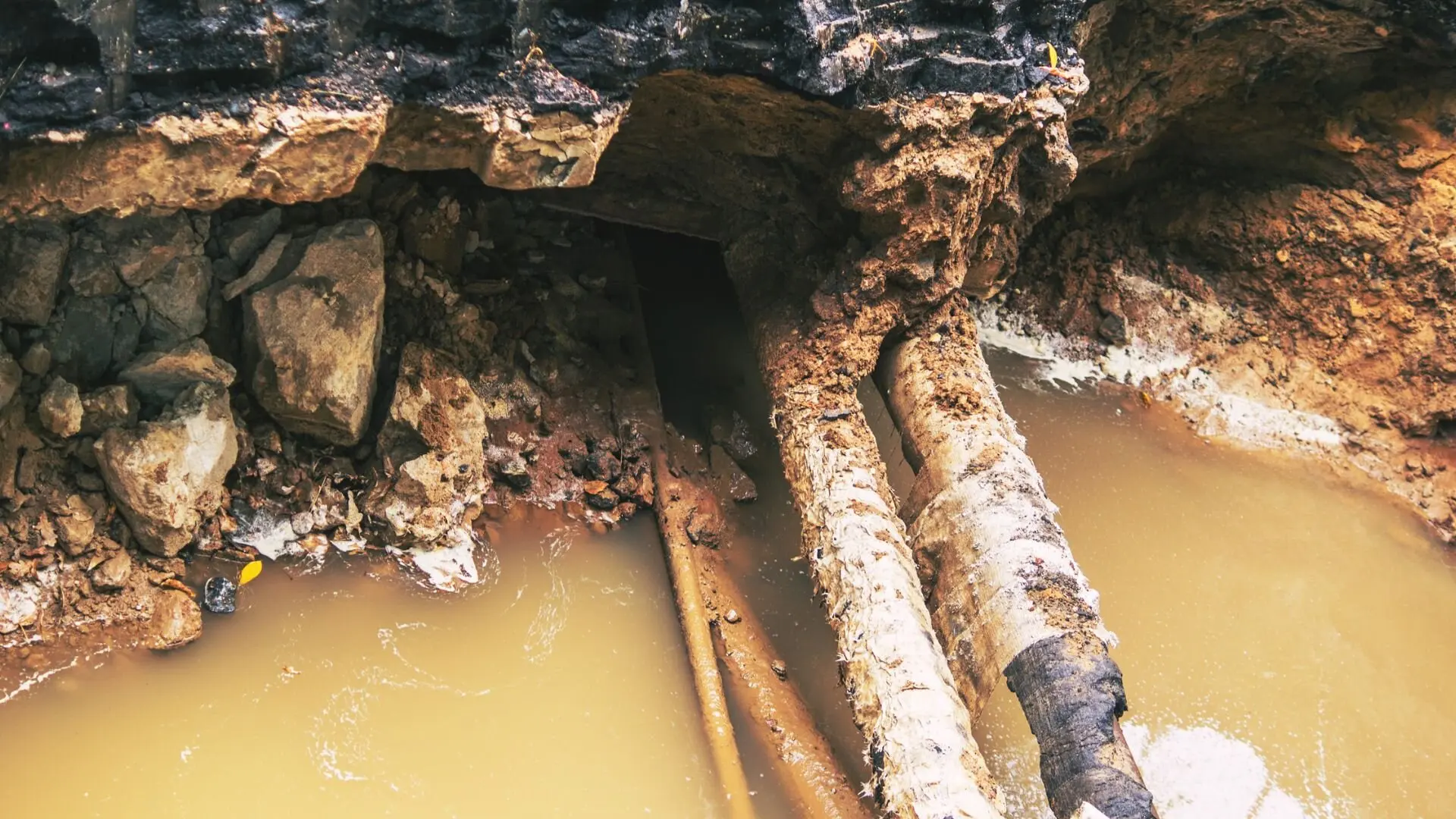Signs of a Burst Pipe: How to Identify and Address the Issue Before It Escalates
Signs of a Burst Pipe: How to Identify and Address the Issue Before It Escalates
Blog Article
Avoiding Ruptured Water Lines: Necessary Tips to Protect Your Pipes
Preventing burst pipes is a crucial concern for homeowners, especially throughout chillier months when the danger of cold is enhanced. Carrying out calculated procedures such as correct insulation, routine inspections, and keeping regular indoor temperature levels can considerably minimize the likelihood of pipe failing. Additionally, recognizing emergency situation treatments outfits home owners to respond quickly to potential pipes issues. Nevertheless, lots of are uninformed of the specific vulnerabilities that their pipelines may encounter. Checking out these vulnerabilities can provide indispensable insights into safeguarding your pipes system properly.
Understand Pipe Vulnerabilities
Recognizing pipe susceptabilities is important for effective plumbing maintenance and avoiding pricey damages. A number of elements add to the susceptibility of pipelines to bursts, consisting of product make-up, age, and ecological problems. Older pipes, specifically those made from galvanized steel or polybutylene, often deteriorate in time, causing enhanced danger of ruptures and leaks.
Temperature level fluctuations can also significantly impact pipe integrity. In chillier environments, water entraped in pipelines can freeze, expanding and exerting pressure on the pipeline walls, which may eventually result in a burst. Additionally, high water pressure can strain pipes, particularly at bends and joints, heightening the chance of failure.

Insulate Pipes Effectively
Proper insulation of pipelines is crucial for preventing cold and succeeding bursts throughout winter (burst pipe). Shielding your plumbing system effectively safeguards versus temperature level drops that can lead to expensive damages. Begin by determining susceptible locations where pipes are exposed to outdoor temperatures, such as cellars, attics, and outside walls
Use foam pipeline insulation sleeves or cover insulation tape around these locations to offer a protective barrier. Make certain that all areas of the pipes, specifically those with restricted warmth exposure, get sufficient insulation. Pay special focus to joints and installations, as these are extra vulnerable to freezing.
When insulating, it's vital to select materials that satisfy neighborhood building regulations and are proper for the details setting. Fiberglass insulation is usually suggested for its thermal resistance properties. Furthermore, consider making use of heat cable televisions or tape in extreme conditions, which can be plugged in to give supplemental warmth
Regularly inspect protected pipelines for any type of signs of wear or damage, as jeopardized insulation can reduce its effectiveness. By taking these aggressive steps, you dramatically reduce the risk of pipeline bursts, making sure a trusted plumbing system throughout the wintertime months.
Maintain Consistent Temperature Level
A secure indoor temperature level is necessary for avoiding ruptured pipelines during the icy months. When temperature levels drop, water within pipes can freeze, increasing and creating stress that might ultimately trigger the pipes to ruptured. To alleviate this threat, home owners need to maintain a regular temperature level throughout their living room, ideally no less than 55 ° F(13 ° C)Making use of a programmable thermostat can help handle indoor temperatures properly, making certain that areas with pipes stay cozy even when your home is empty. Pay unique attention to areas that are a lot more at risk to cool, such as garages, cellars, and attics. reference Maintaining cabinet doors open under sinks can additionally enable warmer air from the home to flow around plumbing.
This minor flow of water can prevent cold by relieving pressure within the pipelines. By executing these methods, homeowners can substantially lower the threat of pipe bursts and guard their pipes systems versus the severe winter season aspects.
Regularly Evaluate Pipes
Routine evaluations of plumbing systems are critical for preventing burst pipelines and maintaining total home stability. During these examinations, it is crucial to take a look at noticeable pipelines for indications of corrosion, leakages, or put on.
Furthermore, evaluating connections and joints is vital, as these points are frequently vulnerable to leakages. Home owners must likewise analyze water pressure levels, as excessive stress can strain the pipes system and increase the risk of pipeline ruptureds.
Take into consideration organizing professional pipes evaluations at least as soon as a year, particularly prior to winter months, to ensure your system is prepared for cooler temperatures. By being aggressive in your method, you can guard your home versus the disruptive and pricey consequences of burst pipelines.
Know Emergency Situation Treatments
Comprehending emergency situation procedures is vital for every homeowner, specifically after conducting regular plumbing visit our website examinations. Being prepared for a pipes emergency can dramatically mitigate damages and save costs. Situate your main water shut-off shutoff; it is usually discovered near the water meter or where the main line enters your home. Familiarize yourself with its procedure, as turning off the water system rapidly can prevent substantial flooding.
Following, keep crucial tools useful. A pipes emergency set ought to consist of a wrench, plunger, and towels, in addition to a flashlight and a bucket for tiny leaks. In addition, think about having the contact information for a trusted plumbing readily available, must the situation escalate beyond your control.
If you discover a leak or burst pipe, quickly turn off the water supply and alert your plumber. Document the damages with pictures for insurance purposes. Be conscious of the indications of potential pipes problems, such as unusual water stress fluctuations or damp places on wall surfaces
Ultimately, aggressive knowledge and speedy action are important in taking care of pipes emergencies, ensuring your home stays safeguarded and decreasing prospective damage.

Conclusion
Finally, stopping burst pipes requires a diverse technique that includes understanding pipeline susceptabilities, proper insulation, maintaining consistent interior temperatures, normal inspections, and knowledge of emergency treatments. By executing these crucial techniques, the danger of plumbing failures can be considerably decreased, thus ensuring the longevity and efficiency of the pipes system. Aggressive actions not only safeguard against prospective damages yet also contribute to overall water preservation and the protection of building.
In chillier environments, water caught in pipelines can freeze, applying and broadening stress on the pipeline wall surfaces, which might eventually lead to a ruptured. When temperature levels drop, water within pipelines can freeze, expanding and developing stress that might ultimately cause the pipes to burst. By executing these approaches, home owners can substantially decrease the threat of pipeline ruptureds and secure their plumbing systems against the severe winter elements.

Report this page